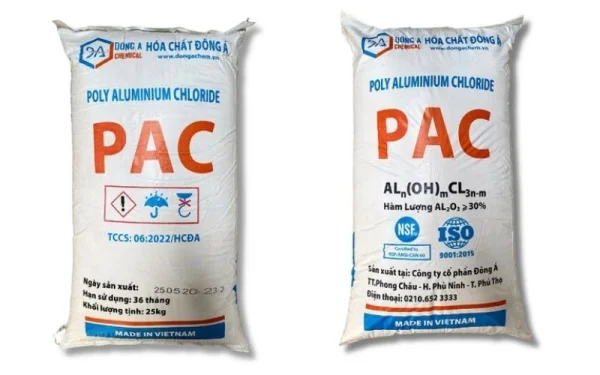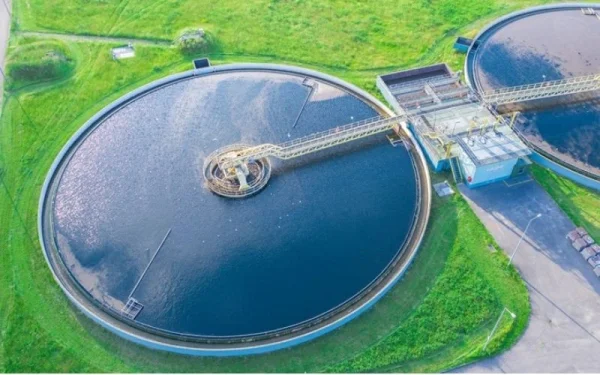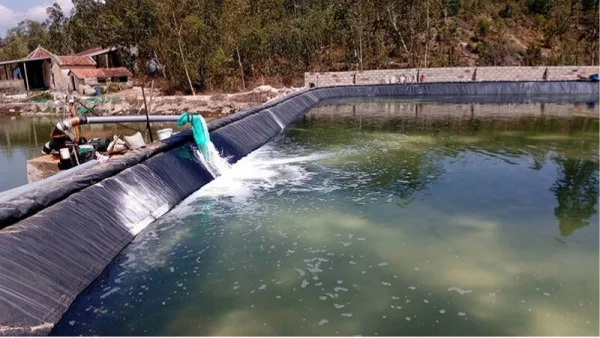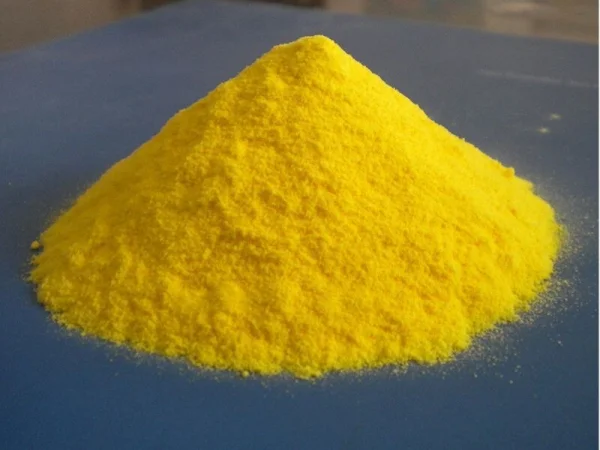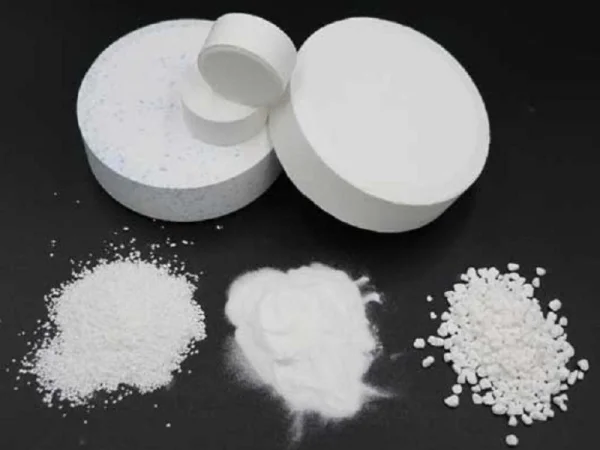
What is wastewater treatment? This is essentially an important process to reduce pollution before wastewater is discharged into the environment. This process includes many steps, from removal of initial solids to use of advanced technology such as ozonation, ultraviolet (UV) treatment, and membrane treatment to remove organic substances and bacteria left over. We invite readers to learn more about this topic in detail in this article.
1. What is wastewater treatment?
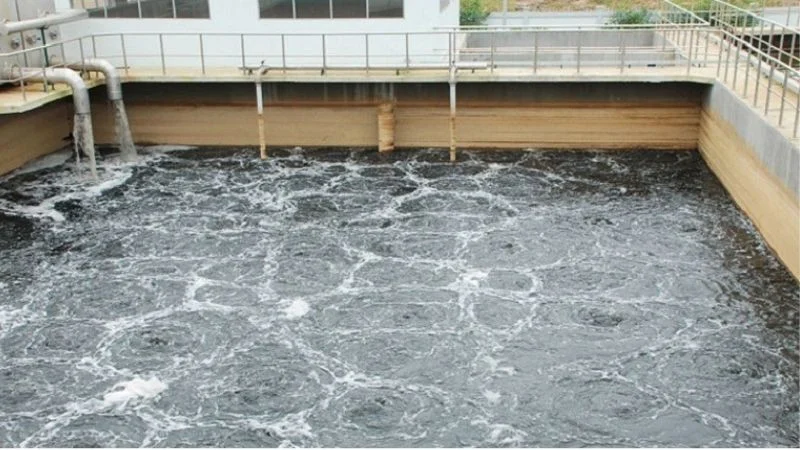
Wastewater treatment is the process of removing pollutants from wastewater, including domestic, commercial, and institutional wastewater.
This process uses physical, chemical and biological methods to remove pollutants and produce environmentally safe wastewater.
The result is often a semi-solid waste or sludge, which requires further treatment before further disposal or use, often as fertilizer in agriculture.
For large cities, drainage systems often bring industrial wastewater to wastewater treatment plants to reduce pollution. If the drainage system is combined, it also delivers urban rainwater to the wastewater treatment plant.
2. How does wastewater come to be?
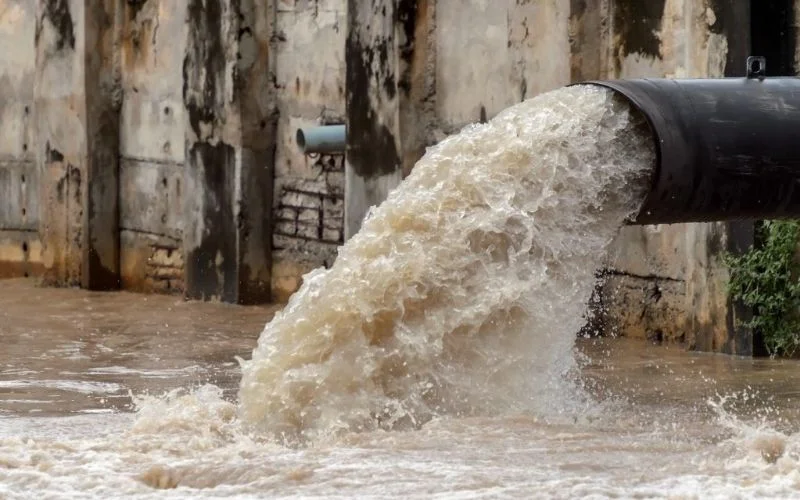
Wastewater originates from different sources including residents, organizations, businesses and industries. This can be domestic waste from toilets, bathrooms, kitchens and sewers.
In many cases, wastewater also contains liquid waste from industry and commerce. It is increasingly common to separate gray and black water from household waste, with gray water being reused for watering plants or toilet flushing.
Wastewater may also include overflown rainwater. A drainage system that can treat rainwater is called a combined drainage system.
In urban communities, it has become more common to build separate systems for wastewater treatment and rainwater drainage. This helps separate rainwater from domestic wastewater and improves the performance of wastewater treatment plants.
Rainwater flowing over roofs and ground can contain pollutants such as mud, heavy metals, organic compounds, animal waste and grease.
3. Overview of today’s wastewater treatment processes
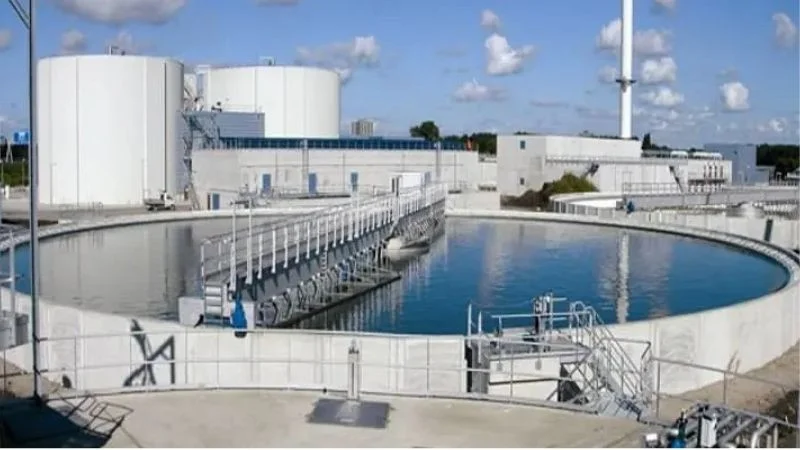
A wastewater treatment system is essentially a combination of wastewater treatment technologies, machinery, and laborers, working as a whole to solve wastewater problems in factories.
The scale of this system can vary from small to large depending on the capacity of the plant and the type of wastewater to be treated.
Wastewater treatment systems for domestic wastewater will use simpler technology than industrial wastewater from factories, which requires more complicated machines and processes.
Before building a treatment system, businesses or factories need to conduct detailed calculations to ensure that the system is designed to suit treatment needs, capable of operating stably and durably, and avoids excessive load and unnecessary costs. The wastewater treatment system needs to meet the following requirements:
1. Ensure that treated wastewater meets environmental safety standards.
2. Investment costs must be reasonable and ensure sustainability and long term.
3. Ability to upgrade, adjust and comply with new regulations on wastewater treatment processes when necessary.
4. Standard wastewater treatment steps
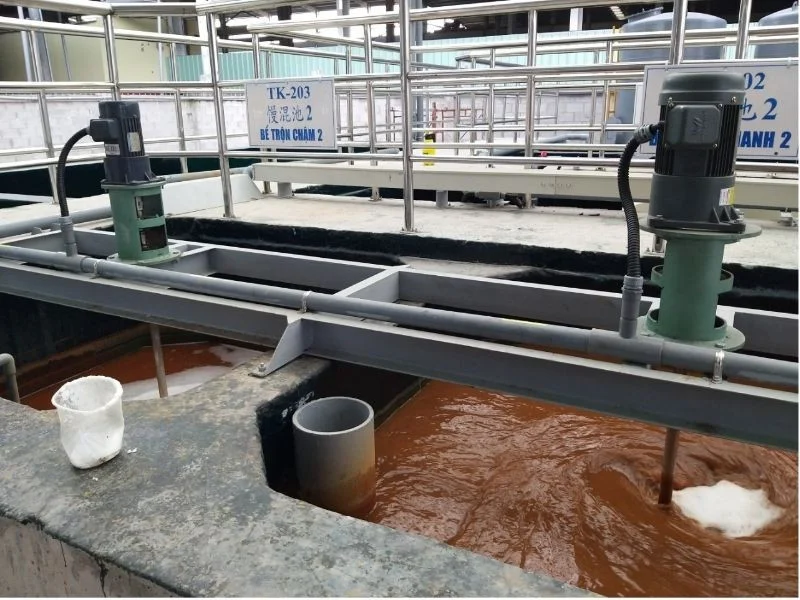
The wastewater treatment process can be summarized into the following basic steps:
Receiving wastewater:
Wastewater from many different sources is poured into tanks at treatment plants or other vaults and warehouses in the system.
Mechanical treatment:
Wastewater is separated from sludge and grease by using waste screening equipment and submersible pumps. Solid waste particles of different sizes will fall into the equalization tank, and fine sludge is also removed.

Treatment wastewater in the equalization tank:
The equalization tank maintains the flow and concentration of pollutants in wastewater after sediment separation. Air is blown in to disturb the wastewater, avoiding anaerobic phenomena.
Chemical treatment:
Wastewater is pumped to flocculation tanks to create flocculation. Flocculation chemical is used to bind waste particles into larger particles. Then, it is easy to remove the flocculus from the wastewater.
Chemical post-treatment:
The wastewater passes through a flotation system, where atmospheric pressure helps create fine bubbles. The bubbles, floating oil scum and suspended residue are separated. The oil scum and residue are removed by scraper and transferred to the sludge tank.
Treatment in anaerobic tank:
Wastewater is transferred from the flotation tank to the anaerobic tank to treat the most polluted wastewater. Here, the biochemical process includes hydrolysis, acidification, acetate, generating methane gas and the final product.
Complete wastewater treatment:
Wastewater after treatment by the anaerobic tank flows into the settling tank, where bubbles and large particles are removed. The sludge left in the settling tank will be reused in the biochemical process. Excess sludge after treatment is stored and handled properly.
Although the treatment process may vary depending on the characteristics of the type of wastewater as well as local requirements, the above basic steps are always applied in the wastewater treatment system to ensure efficiency of waste removal and environment protection.
5. Reference to today’s most advanced wastewater treatment technologies

The following are some of the best wastewater treatment technologies today:
Use wastewater treatment chemicals with flocculation technology:
This is one of the popular methods that is widely used. Chemicals, such as PAC (poly aluminum chloride), are used to agglomerate solids in wastewater into larger molecules, facilitating their easier removal. The process is quick, safe, and saves time and money.
Use wastewater treatment technology when contaminated with heavy metals by precipitation:
This method is often used for wastewater containing many heavy metals. Wastewater is treated by precipitating metallic substances and removing them from the water. By adjusting the pH of the wastewater and using basic chemicals, metallic substances are precipitated and removed.
Use flotation technology in wastewater treatment:
This technology is often applied to wastewater contaminated with heavy toxins, such as wastewater from paper production, seafood, food and livestock production. The process includes flocculation, physicochemical sedimentation and flotation. Flotation helps reduce the concentration of toxic substances to safe levels and facilitates further biological processes.
These technologies help ensure that wastewater is treated effectively, minimizing environmental impact and meeting safety standards.
6. Summary
Through the previous article, have you had an overview of what the wastewater treatment process is? Hopefully, the knowledge we share will help readers in applying it in practice. To discover more useful information, please learn more by reading the articles on the website dongachem.com.
Related Articles
General list of currently popular wastewater treatment chemicals
Currently, wastewater treatment chemicals are one of the most effective solutions to the problem of ...
Recommendations about how to treat water with a high pH
Water with a high pH is not only unpleasant but can also be harmful to your health. Therefore, ...
5 effective methods of shrimp farming wastewater treatment
Shrimp farming wastewater contains large amounts of antibiotics, organic matter and pathogenic ...
Summary of applications of PAC chemical for water treatment
PAC water treatment chemicals are not only commonly used in Vietnam but also in many countries ...
Instructions for safely and effectively treating swimming pool water with Chlorine
If we treat water with chlorine for swimming pools properly and in the right dosage, it will ensure ...
Difference between chlorine powder and chlorine pellets in wastewater and swimming pool water treatment
In mentioning kinds of chemicals, chlorine powder and chlorine pellets are the two most popular ...

